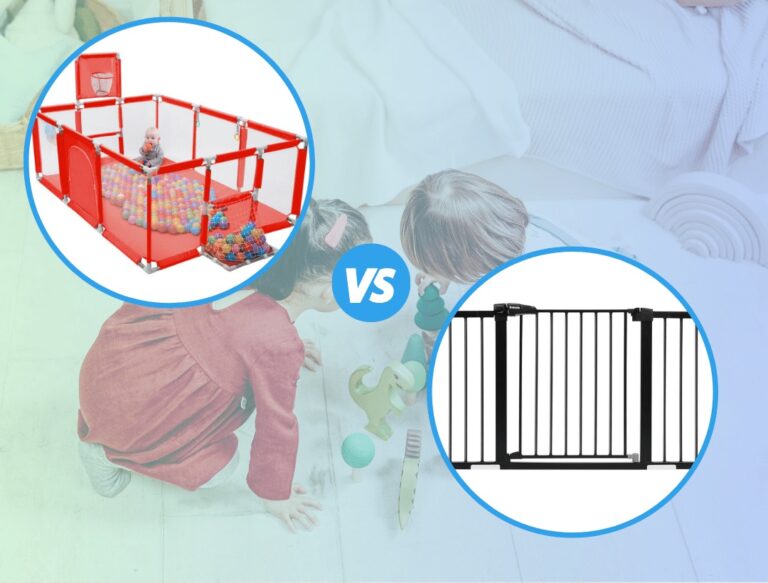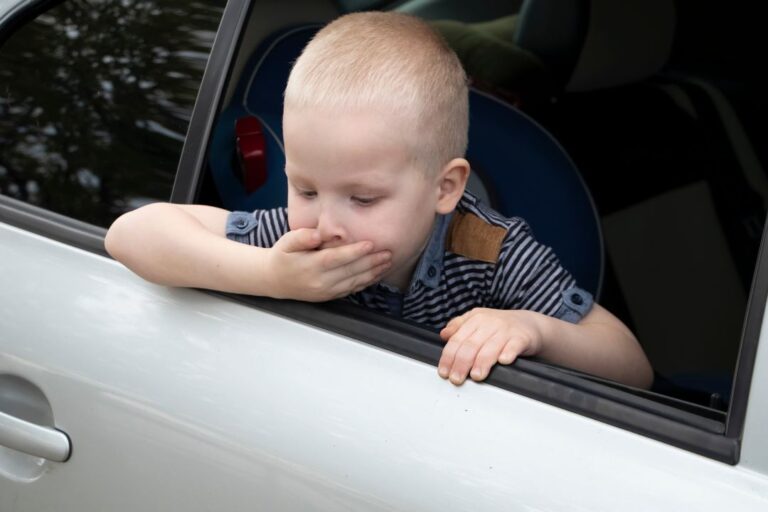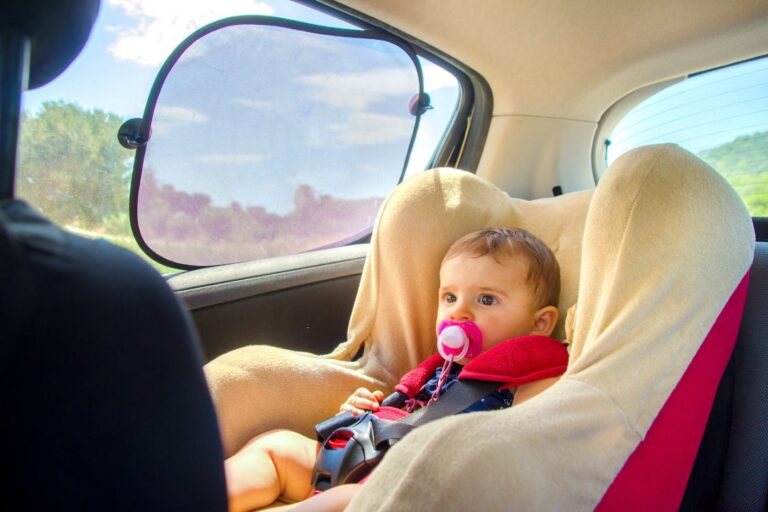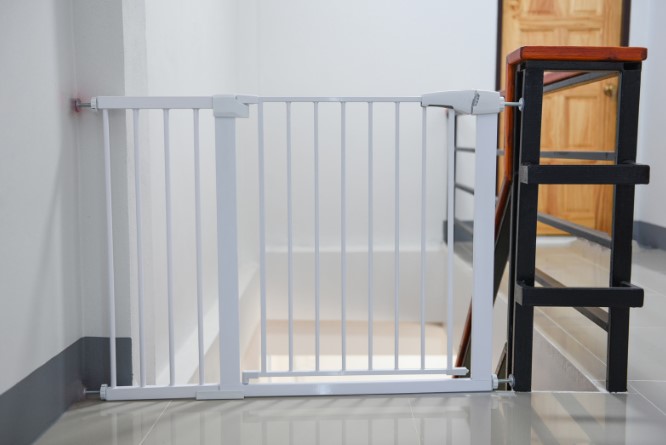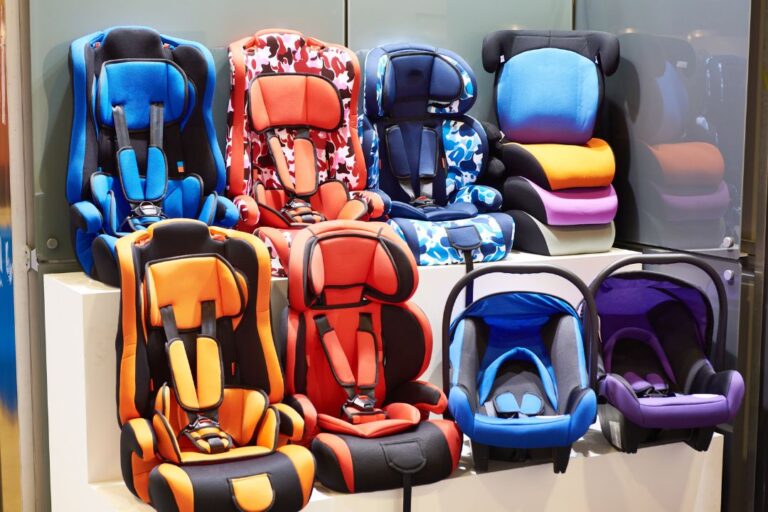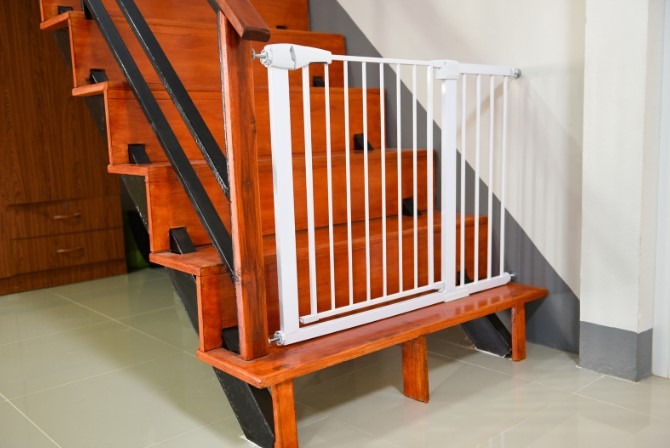What is the science behind car seat safety, or how long your baby should stay in the rear-facing car seat? You have paused on the right article to get answers to all these questions. At least at the age of 2, your kid should stay in a rear-facing car seat.
Till age 2, your child will perfectly fit in the height and weight specs of the manufacturer. Therefore for longer, your baby should be in the rear-facing toddler car seat. If you understand car crash physics, you will get a clear answer to why your child shouldn’t be in a forward-facing car seat.
In fact, the crucial difference between front-facing and rear-facing car seats is that until the age of 2, the kids should be in a rear-facing seat. In riding backward, the children remain much safer.
After conducting in-depth research, we developed this guide regarding car seat safety science. So let’s get going into the discussion below without further ado.
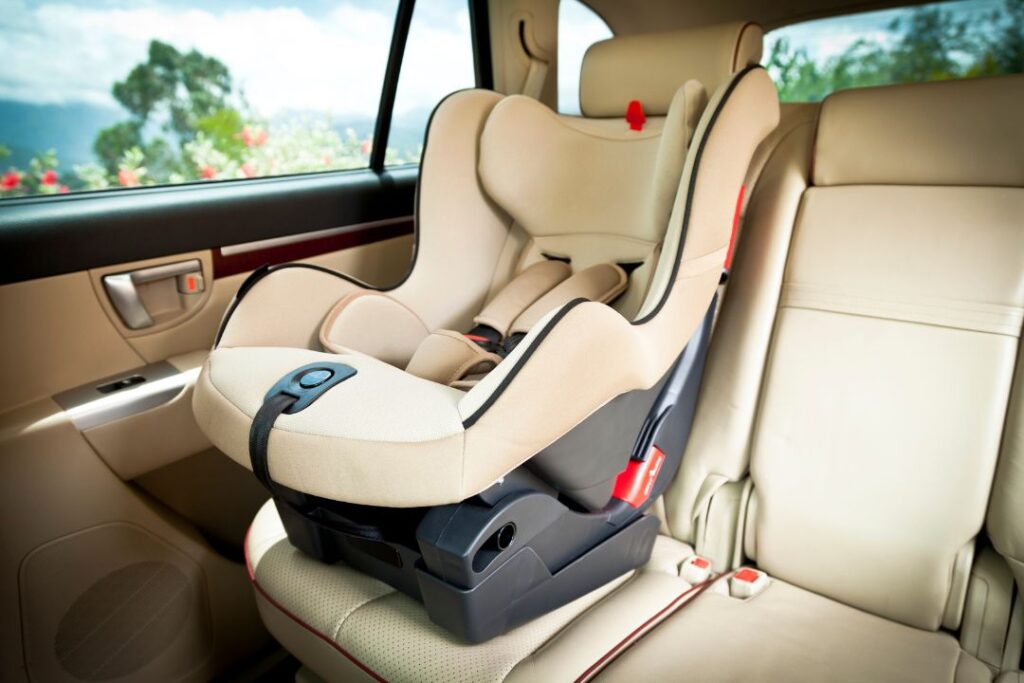
Why Should You Want A Rear-Facing Car Seat?
In fatal collisions, 7% happen in the car’s back. But 60% – 80% of crashes happen at the vehicle’s front or side. However, in a front-end collision, the driver toward the impact point snaps forward while the rear-facing baby falls backward.
As most crashes occur this way, stack the deck in your favor and keep your baby in a rear-facing car seat. But there is an odd situation also. During a severe crash, the kid will experience crash forces as your rear-facing kid won’t snap forward.
Car Seat Physics In A Crash
Do you know why evenly distributing the crash forces is essential in the seat instead of uneven distribution across the harness? The reason is there are three collisions in every crash, and the collisions are:
- The occupant’s body struck a harness
- The vehicle striking an object
- The internal organs of occupants striking in the body’s inside
Already the child is seated in a front-end collision. Nonetheless, the second and third collisions take place less or more at the same time. These collisions reduce organ damage odds.
However, these forces aren’t negligible as they aren’t trivial. At 30 mph, when a 20-pound toddler is traveling, its restraining force will be 600 pounds to keep them in place.
In the serious-rear collision rear event, the rear-facing child feels 600 pounds pushing back when they snap forward at 30 mph. But the front-end collision’s more likely scenario is those 600 pounds will push the child back into the seat.
Rear–Facing Basics
The safest traveling way for your children is rear facing. Therefore, we will disclose the rear-facing basics and other information in today’s comprehensive guide. Rear-facing is the best way to prevent spinal and head injuries.
Your child, as long as possible, should ride in the rear-facing car seat. They can ride in it up to their convertible car seat’s limit. Virtually it includes all kids under 2 years of age and most kids up to 4 years of age.
According to the American Academy of Pediatrics, ideally, the rear-facing car seat is the best practice. It is best until your child reaches the car seat manufacturer’s allowed top height and weight limit.
How Long Should Your Child Ride In A Rear-Facing Car Seat?
Your child can ride in a rear-facing car seat, ideally until their spinal cord ossifies. But you can’t know them without a city scan when the spinal cord ossifies. Barely the odds approach 50%, even at the age of 3.
So when you decide to keep your child in a rear-facing car seat after your child’s second birthday, you aren’t overreacting.
The most modern car seat can accommodate and hold a 3 years old child. The best advice is to have your kid ride backward. Indeed, there are no additional risks; instead, there are substantial potential gains.
Rear-facing isn’t a choice that you can make depending on your parenting opinion or style. Instead, it’s an important issue based on scientific fact.
How To Correctly Use A Rear-Facing Car Seat?
The rear-facing car seat is safe for your child only if you can use it correctly. The way to use the rear-facing seat is the following:
- For rear-facing below or at the shoulders, position the harness straps.
- At the armpit level, position the chest clip. Tighten the harness snugly.
- As per the instructions, install the seat through the correct belt path and angle.
- Make sure above your child’s head. The car seat shell is no less than 1″.
- Using the seat belt or Latch, install the car seat but don’t use both simultaneously.
- You should install a car seat at the front-to-back or side-side belt path with no more than 1″ of movement. With a locked seat belt or Latch, use it.
You can go through the vehicle or car seat manuals for your car seat’s safety information and specific installation requirements.
The Science Behind Car Seat Safety – Understanding Crash Dynamics
You must first learn crash dynamics to understand the car seat safety science. So let’s start by explaining the point of impact in crash dynamics.
i. Point Of Impact
Everything, including the occupants during the crash, will move towards the point of impact. According to the research of NHTSA, offset frontal or frontal vehicle crashes make up most of the collisions.
Also, rear-end crashes are common. But in all severe collisions, rear-end crashes comprise a smaller percentage. Moreover, rear-end crashes aren’t traumatic.
The crash dynamics focus on frontal collisions. Rear-facing car seats in a rear impact may work effectively. However, frontal offset and frontal and side impacts are expected. Most importantly, these account for the most fatalities.
ii. Types Of Crashes
Three types of crashes are contained in every collision. Those are:
- The Vehicle Crash: The vehicle comes to a complete stop when it strikes something. The vehicle’s crushing absorbs the crash forces, also.
- The Human Crash: Continuously, the human body at the vehicle’s original speed moves toward the point of impact once the vehicle comes to a stop. After that, the human collides with the object or something that ultimately brings the body to a stop position. The passenger can collide with a seat belt, harness, car seat’s back, airbag, etc.
- Internal Crash: The occupant’s body’s internal organs still move forward when their body comes to a complete stop.
Understand Crash Forces (Rear-Facing VS Forward Facing)
The occupant’s travel speed and weights are crucial factors in the restraining force amount needed to bring an occupant to a stop.
To restraint an occupant, the required force = Weight x Vehicle speed
For example, when traveling at 30 MPH, the 10-pound infant will require the restraining forces of 300 pounds to keep them moving forward. When your child is rear-facing, during the collision in your child’s entire body, the crash forces are distributed.
The car seat shell insulates the baby, and their head moves with the seat. It reduces the neck and spinal injury risk. However, for the forward-facing child, while the baby’s head is unrestrained, the harness holds the kid’s torso.
Abruptly, the kid’s head moves forward by placing the force loads on your child’s neck. Ultimately in forward-facing conditions, it results in your baby’s head and spinal injuries.
Frequently Asked Questions
What Is the Research On Car Seat Safety?
Using a car seat in your vehicle reduces your children’s 71-82% injury risk in a crash. Compared to the booster seat, the car seat is the most effective.
How Does a Car Seat Protect Your Child?
The car seat’s harness and shoulder belt help to keep your kid’s head and upper body away from the vehicle’s hard interior surfaces.
Moreover, the rear-facing car seat avoids neck stress by supporting your child’s head and neck. In addition, it reduces your baby’s head and spinal cord injury and trauma risk.
What Is the Function Of The Car Seat?
The car seat’s function is to hold your child during a crash. The child restraint system is equipped with seat belts and safety harnesses.
Final Thoughts
You shouldn’t think of traveling in your vehicle without fastening the seat belt. Moreover, for good reasons, you must understand the science behind car seat safety. While driving, sitting your child in the front forward car seat position isn’t safe.
Even while driving, holding your kids in your lap isn’t safe. During an accident, your baby can be crushed between your car part’s interior and your body. Setting your baby in a rear-forward car seat is recommended to reduce the head and spinal injury risk. It ensures comparative safety for your child.
So, that’s the end of our today’s discussion. You can comment if you have any queries. Our experts will soon reply to you.

